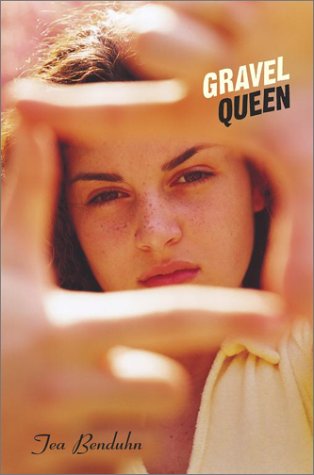
Gravel Queen
By Tea Benduhn
2003
“The dark screen begins to fade into image as the music rises. There’s a round yellowish girl with dark hair driving a beat-up blue pickup truck with some rust around the fenders. That’s me.”
As a former teen who still dedicates most of her reading time to YA lit, I’ve read every top list of lesbian YA I could get my hands on. A lot of great books continue to receive recognition for being groundbreaking, well-written, and top-selling. But one of my favorites continues to slip under the radar. Gravel Queen by Tea Benduhn is about a trio of friends: Aurin, our narrator, a lesbian who is interested in all things visible through a camera lens; Fred, a rather sassy and free-wheeling gay teen; and Kenney, a heterosexual girl with a strong will and a penchant for secrets.
All appears peachy in this little group. Each member has their role: Kenney takes charge and Aurin and Fred trail behind. When new-girl Nelia enters the story, a new addition who throws the balance of things isn’t exactly welcomed by Kenney. Especially when Aurin falls for quiet, dancer Nelia and wants to spend more and more time with her potential girlfriend, and less and less with controlling Kenney.
Despite being Bendhun’s first novel, I found (and still find) the prose to be crisp, the descriptions clear, and the dialogue and characterization authentic and moving.
There is absolutely a place in the lesbian YA canon for the many ways discovering our sexualities can shape those already-tumultuous teenage years. In fact, without an unsupervised internet, books snuck from the library, or peered at in corners of bookstores may be the only place some young lesbians are able to read about someone going through the same thing they are. But what about those girls who have already taken that step, who hit the end of those novels and wonder what comes next?
Aurin, while certainly interested in girls, has a life that consists of other things. She has rich relationships with her friends, spends time thinking about film and even frames her life in scenes and scripts. She has a family. She goes to school, plays, works, and laughs. She’s already taken the hard step, but that doesn’t mean working through emotional entanglements, navigating life as an out teen, and falling in love aren’t just as important.

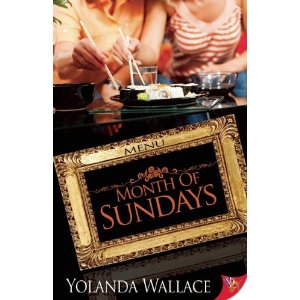
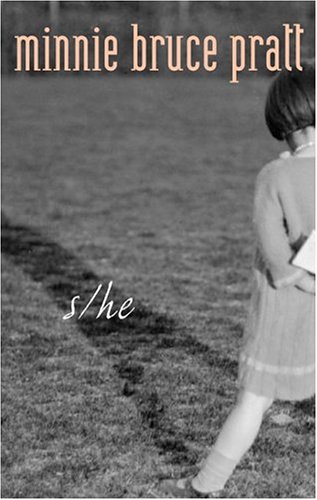

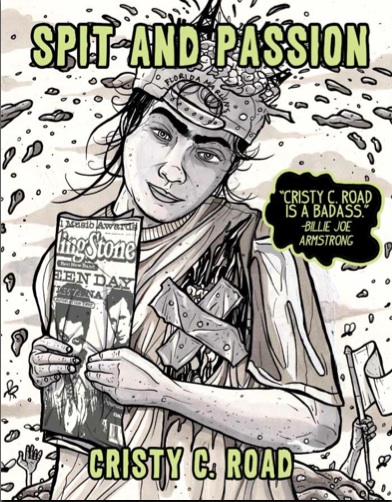
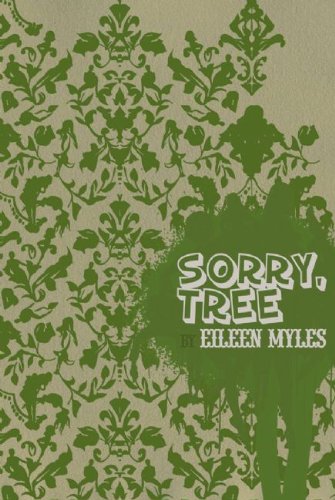
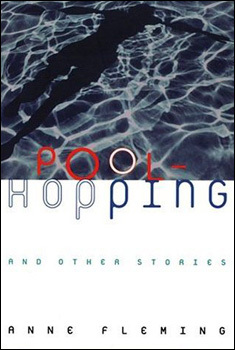
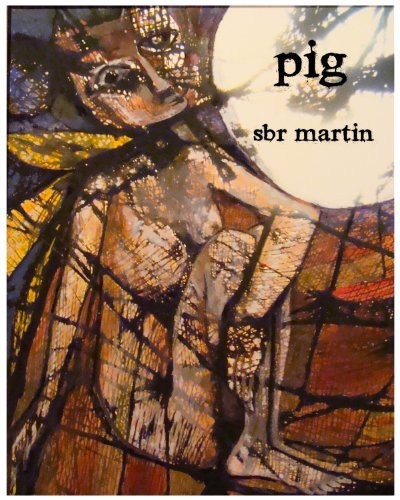
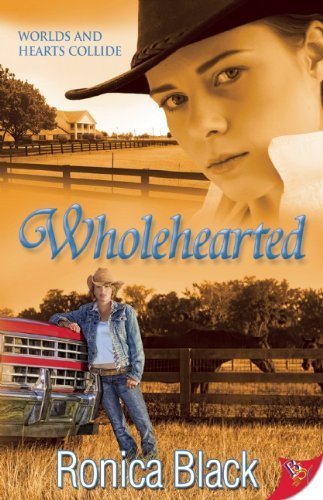
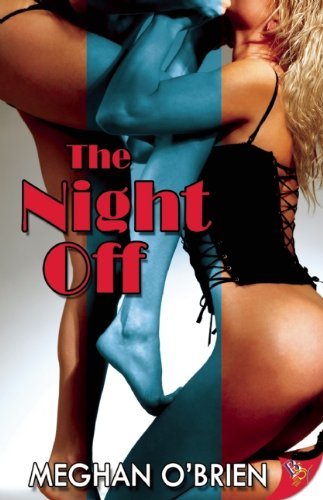
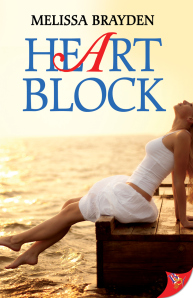
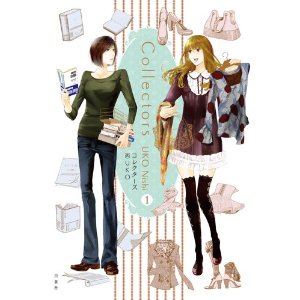
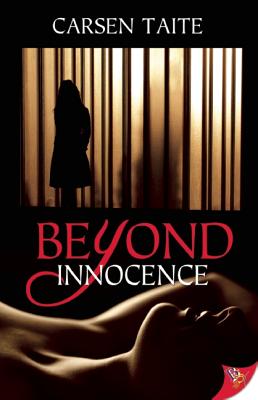
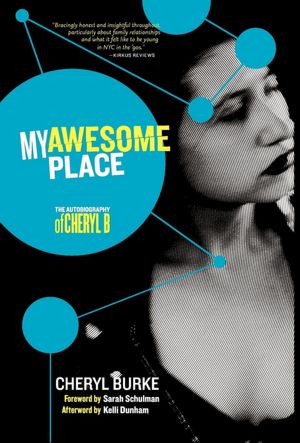
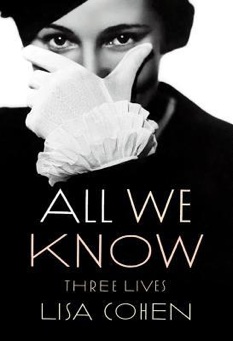
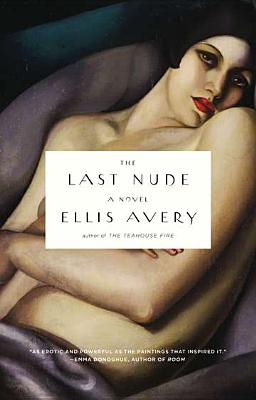
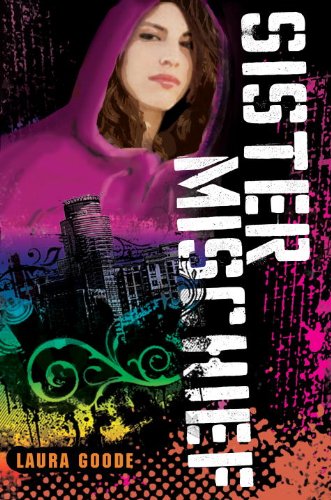
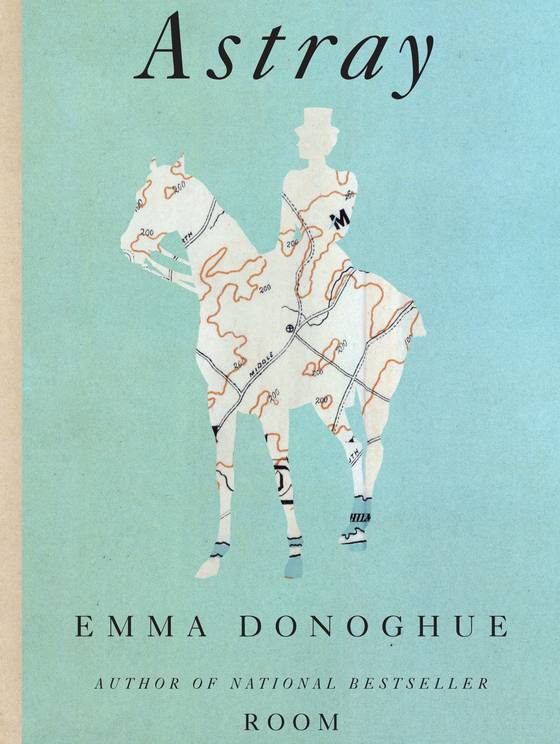
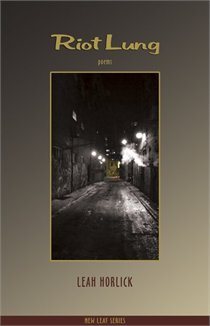
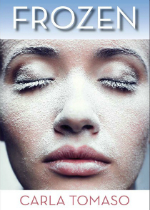


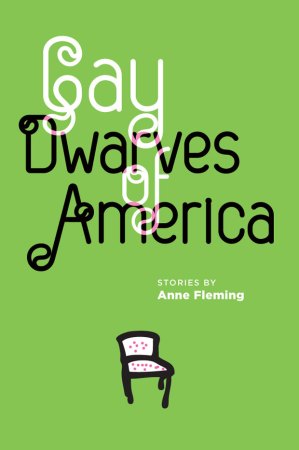
![Pageflex Persona [document: PRS0000037_00037]](http://lesbrary.com/wp-content/uploads/2012/12/7.jpg?w=193)